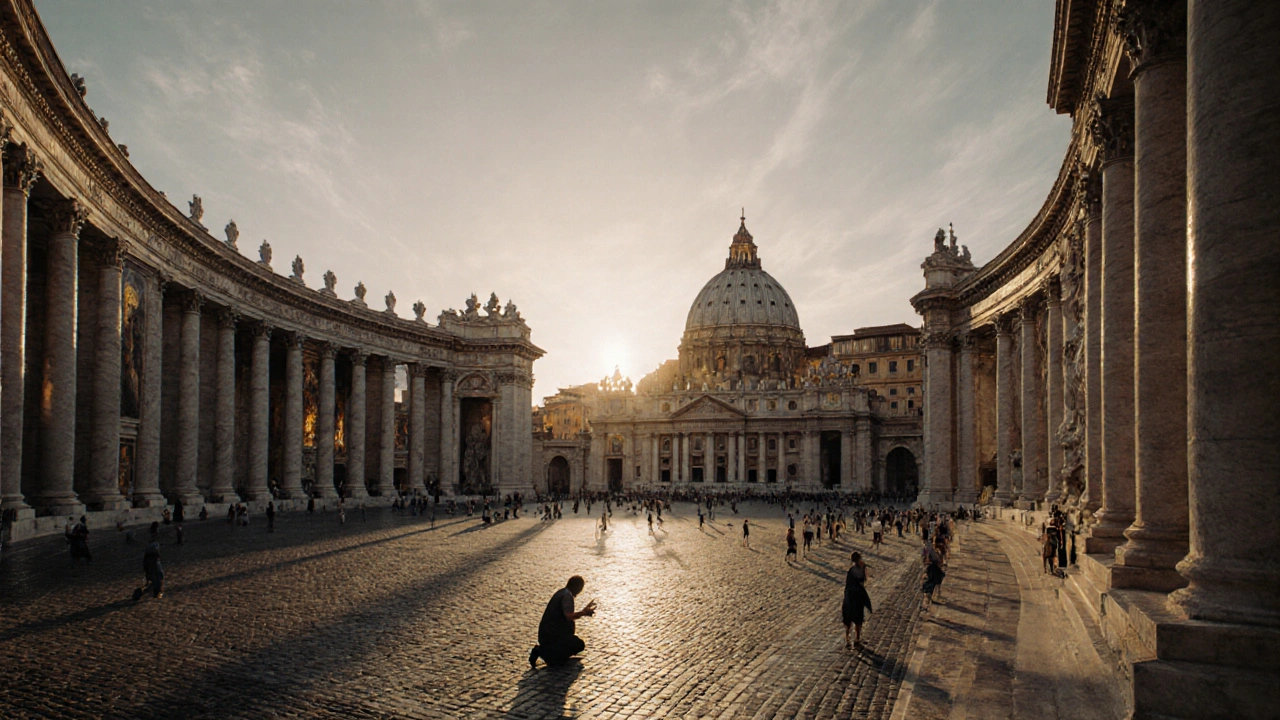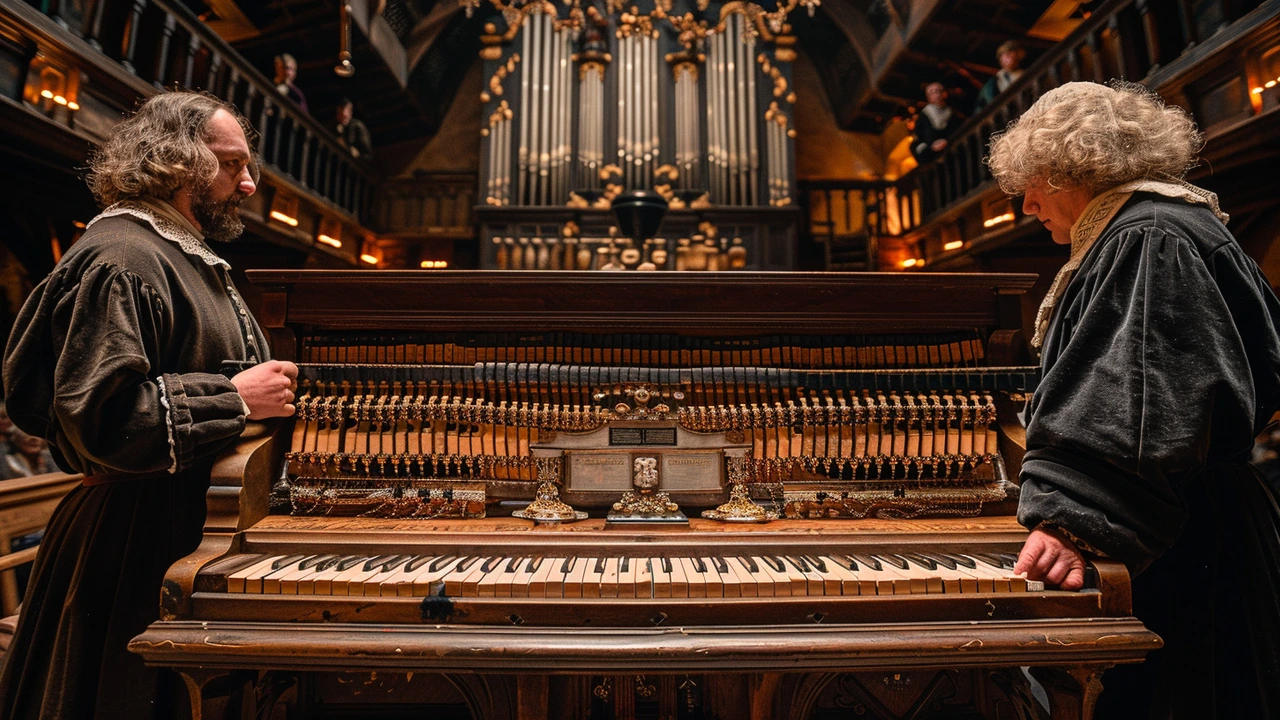Baroque Period: How Drama and Detail Still Shape Art and Design
Baroque art exploded in the 17th century, and it still pops up in movies, music, and interiors. Unlike calm, measured styles before it, Baroque aimed to pull you into the moment through strong contrasts, big gestures, and intense emotion. Think of candlelit church scenes, swirling drapery, and faces that look like they just spoke. That energy made rulers and churches use the style as a tool to impress people.
Key visual traits are strong light and dark contrast (tenebrism), rich textures, and dramatic movement. Painters like Caravaggio and Rubens used sharp shadows and bold diagonals to guide your eye. Architects stacked columns, curved facades, and lavish ornament to make buildings feel alive. Music matched the look: complex rhythms, bold dynamics, and sweeping melodies from composers like Vivaldi and Handel.
How to spot Baroque details
Spotting Baroque is easier than you think. Look for high contrast between light and shadow, dynamic poses, and ornate surfaces. In buildings, notice curved shapes, heavy decoration, and theatrical staircases. In furniture and decor, check for carved wood, gilding, and layered fabrics. Even modern film scores and game soundtracks borrow Baroque's dramatic push-pull to heighten emotion.
Why Baroque matters now
Baroque gave artists tools to control feeling and attention. Those tools translate to today's visuals: filmmakers use similar lighting to heighten drama, and brands use contrast and movement to hold attention online. Designers reference Baroque when they want rich, dramatic impact - think wallpaper with big pattern, a chandelier, or a sculpted mirror. The recent 'Baroque Revival' mixes those bold choices with modern simplicity to keep spaces interesting without feeling old-fashioned.
Quick tips to use Baroque in your home without going overboard. Start with one statement piece: a carved mirror, an ornate frame, or a heavy velvet curtain. Balance it against plain walls and modern furniture so the room feels fresh. Use warm light and layered textures to get the depth Baroque loves. If you like music, try a playlist of Baroque-era composers to see how the mood changes the space.
A short list of must-see Baroque works and creators if you want to learn fast. Paintings: Caravaggio's The Calling of Saint Matthew, Rubens' The Descent from the Cross. Architecture: Bernini's St. Peter's Square and Borromini's San Carlo alle Quattro Fontane. Music: Vivaldi's Four Seasons and Handel's Water Music. Seeing a mix of painting, building, and sound helps you feel the style, not just read about it.
Baroque isn't only old masters and churches anymore. It shows up in fashion ruffles, in dramatic stage lighting, and in bold interior makeovers. Pick one Baroque idea, try it, and you'll notice how much more dramatic everyday spaces and media can feel.
Want to learn fast? Visit local museums and focus on one room; compare lighting and texture. Watch short videos on Baroque techniques, and try a quick sketch of a draped fabric to see how folds create motion. Small experiments teach more than long reads. Start today, have fun.


